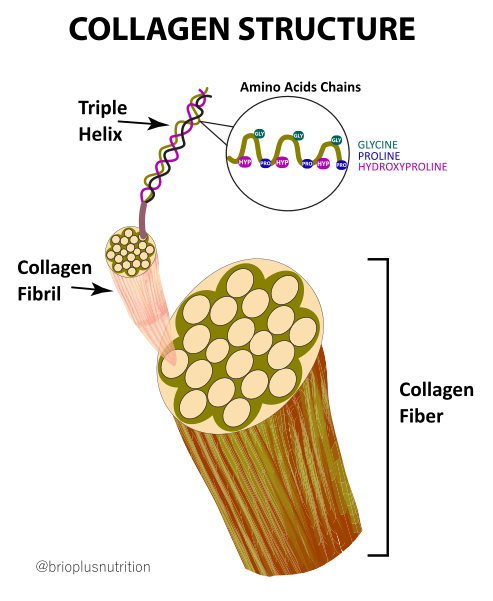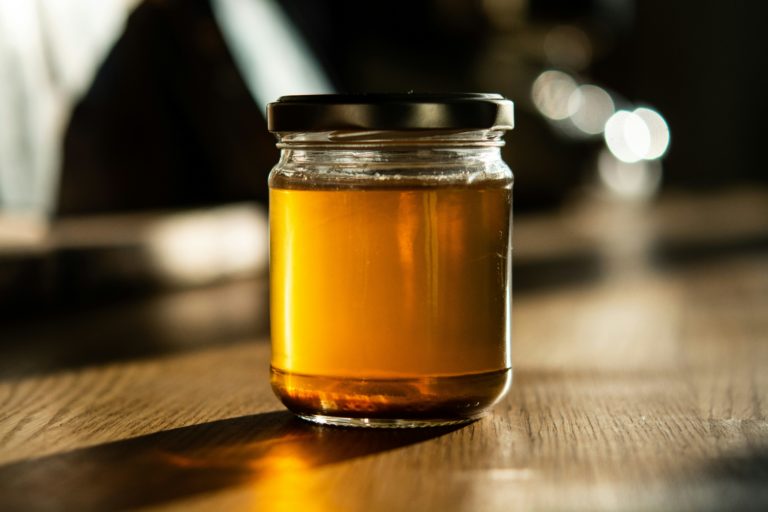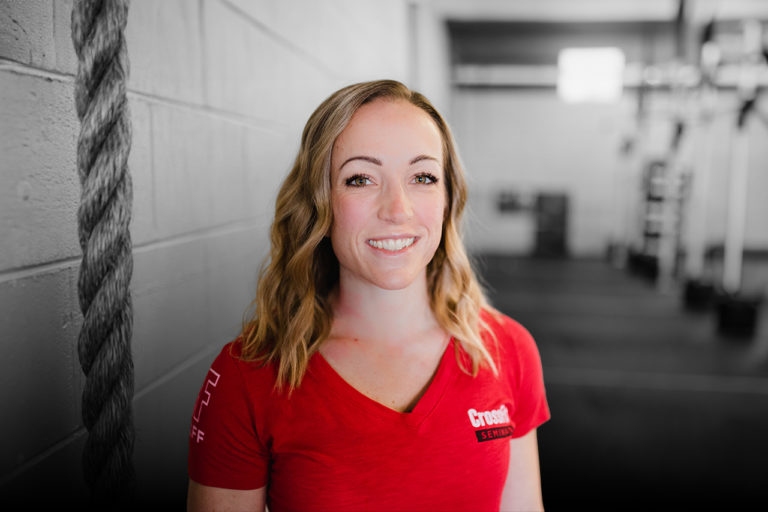Welcome to Part 4 of our “Primer on Protein” series, in which we are digging into nutrition as the base of the pyramid and unpacking CrossFit’s nutrition prescription: “Eat meats and vegetables, nuts and seeds, some fruit, little starch, and no sugar.” The first two words — eat meat — are used as a simple placeholder for animal foods in general (beef, pork, chicken, fish, eggs, dairy, etc.), in which the primary macronutrient is protein.
Most of the protein you eat is not burned for energy but goes toward building all your tissues, hormones, neurotransmitters, immune cells, etc. Every bit of you is built out of something you ate! In this six-part series, we explore the underappreciated but necessary role of the structural elements of the diet and all the weird and wonderful ways the body uses dietary protein to support good health.
So far, we have explored how the food we eat relates to skeletal muscle mass in Part 1 and bone density in Part 2. In Part 3, we pivoted from physical functioning to mental health and looked at how the body uses amino acids derived from the protein in our diet to create the mood and motivation brain chemicals serotonin and dopamine.
 In Part 4, we return to examining the body’s structure with a deep dive into the nutritional needs of the joints and connective tissue. Not as glamorous as muscle mass, connective tissue is usually underappreciated until you feel that twinge in your knee or stiffness in your shoulder.
In Part 4, we return to examining the body’s structure with a deep dive into the nutritional needs of the joints and connective tissue. Not as glamorous as muscle mass, connective tissue is usually underappreciated until you feel that twinge in your knee or stiffness in your shoulder.
Although not the star of those mirror selfies, the healthy connective tissue is a crucial player in physical performance, pain-free living, and the anti-decrepitude style of aging we all aspire to with CrossFit training.
When we talk about “connective tissue,” we’re referring to a group of tissues that support, connect, or separate different types of tissues and organs in the body. This category includes tendons, ligaments, cartilage, spinal discs, and even the fascia that wrap around your muscles. Connective tissue is like a system of saran wrap, scaffolding, glue, and rubber bands that allow the body to perform a vast array of functional movements — run, jump, throw, lift, climb, drag, carry, etc.
At the core of these tissues lies collagen, the most abundant protein in the human body. Collagen is a unique blend of flexibility and strength, capable of withstanding high-impact stresses and shear force like no other tissue. A healthy supply of collagen ensures smooth movement through a full range of motion. Therefore, any compromise in collagen levels can lead to joint pain, stiffness, and an increased risk of injury.
Comprising one-third of the total protein in the body and 65–80% of the dry weight of tendons, collagen’s characteristic triple helix structure contains a high concentration of three amino acids: glycine, proline, and hydroxyproline.
Amino acids are derived from the breakdown and digestion of the protein in our foods. There are 20 amino acids needed to build all the tissues of our body, nine of which are essential (meaning we have to get them from the diet) and another six that can become essential depending on factors such as training volume, illness, injury, etc. The collagen-building amino acids are in the conditionally essential category, meaning we have some capacity to make them endogenously. Still, when we’re looking to build many strong, robust tissues that can snatch, sprint, and perform muscle-ups, we benefit from getting these amino acids directly from the diet.
 These amino acids are plentiful in foods rich in gelatin or cooked on the bone, such as ribs, roast turkey, oxtail, brisket, pork shoulder, and other slow-cooked meats. Skin-on chicken and fish are also exceptionally high in glycine and proline. Bone broth, a traditional food in many cultures worldwide, is a wonderfully nutritious source of these collagen-building amino acids and can be prepared from beef, pork, poultry, or fish.
These amino acids are plentiful in foods rich in gelatin or cooked on the bone, such as ribs, roast turkey, oxtail, brisket, pork shoulder, and other slow-cooked meats. Skin-on chicken and fish are also exceptionally high in glycine and proline. Bone broth, a traditional food in many cultures worldwide, is a wonderfully nutritious source of these collagen-building amino acids and can be prepared from beef, pork, poultry, or fish.
Over time, inadequate intake of these healthy whole foods leads to poor collagen production, causing weak, brittle tendons and ligaments prone to injury and deteriorating cartilage in the joints. Cartilage is the shock absorber that protects bones from grinding against each other as you move. When this tissue wears down, osteoarthritis sets in. This painful, degenerative joint disease affects millions of people worldwide, impairing mobility and quality of life.
Your joints and connective tissues may not always be at the top of your mind, but they are vital for your athletic performance now and your long-term health and mobility later. Ensuring you get enough animal-source protein in your diet gives your body the building blocks to keep your connective tissues strong, flexible, and resilient for life. Take a moment to think about that next bowl of chicken soup or hearty beef stew. These dishes aren’t just comforting, they’re also building your body for the future — a “health-savings” account of sorts — that will allow you to thrive as an active participant in life well into your 80s and 90s. Here’s a bone broth recipe if you’d like to make your own.
In short, stronger collagen = more fun!
The Full Series
- The Primer on Protein: Part 1 – What Is Food For?
- The Primer on Protein: Part 2 – Bones
- The Primer on Protein: Part 3 – Mental Health
- The Primer on Protein: Part 4 – Joints
- The Primer on Protein: Part 5 – Antioxidants
- The Primer on Protein: Part 6 – The Immune System
About the Author
 Jocelyn Rylee (CF-L4) and her husband David founded CrossFit BRIO in 2008, starting in a modest 1500 sq ft space and focusing on personal training. Her dedication to excellence has also earned her a position on CrossFit LLC’s Level 1 Seminar Staff, a role that allows her to share her passion and expertise with aspiring coaches. Jocelyn holds specialties in Endurance, Gymnastics, Competition, and Weightlifting and is also a certified Strength and Conditioning Specialist through the NSCA. As a Level 2 Olympic Weightlifting Coach and a Level 3 referee, she has been deeply involved in the sport, even serving as a board member of the Saskatchewan Weightlifting Association for five years. Her achievements include being Saskatchewan’s top-ranked female Olympic Weightlifter from 2012 to 2015, during which she held provincial records in the Snatch, Clean & Jerk, and Total in her weight class. With an MS in Human Nutrition, Jocelyn loves sharing her knowledge on nutrition and performance through her blog and Instagram as “The Keto Athlete,” where she delves into the science of nutrition and its impact on athletic performance.
Jocelyn Rylee (CF-L4) and her husband David founded CrossFit BRIO in 2008, starting in a modest 1500 sq ft space and focusing on personal training. Her dedication to excellence has also earned her a position on CrossFit LLC’s Level 1 Seminar Staff, a role that allows her to share her passion and expertise with aspiring coaches. Jocelyn holds specialties in Endurance, Gymnastics, Competition, and Weightlifting and is also a certified Strength and Conditioning Specialist through the NSCA. As a Level 2 Olympic Weightlifting Coach and a Level 3 referee, she has been deeply involved in the sport, even serving as a board member of the Saskatchewan Weightlifting Association for five years. Her achievements include being Saskatchewan’s top-ranked female Olympic Weightlifter from 2012 to 2015, during which she held provincial records in the Snatch, Clean & Jerk, and Total in her weight class. With an MS in Human Nutrition, Jocelyn loves sharing her knowledge on nutrition and performance through her blog and Instagram as “The Keto Athlete,” where she delves into the science of nutrition and its impact on athletic performance.